

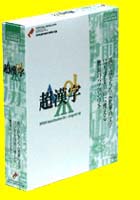
B-right/V R2, which is called "Cho Kanji" (Ultra Kanji ) in Japanese, went on sale in Japan on November 12, 1999. Being the first personal computer operating system on the Japanese market capable of handling all known kanji (Chinese characters) used in writing the Japanese language, it has attracted a considerable amount of media attention in Japan. It has also gotten the eye of Japanese administrative organs. Up to now, they have been forced to employ "user defined characters" to process personal and place names written with rare kanji. Now, for the first time, they will be able to create databases with personal and place names that can be freely exchanged with other administrative organs.
In terms of the BTRON subproject, B-right/V R2 is the first version of the 32-bit, BTRON3-specification operating system to be equipped with a "true multilingual processing environment." This multilingual processing environment is scheduled to undergo further developments until it can process all the languages of the world. Moreover, work is currently in progress on developing a server that can handle data created with the BTRON multilingual processing environment, and it should be remembered that Personal Media Corporation has also developed a new word processor, Genkoo purosessa [Manuscript processor], for processing Japanese language documents using B-right/V R2's unabridged kanji characters set.
Compared to previous versions of the B-right/V operating system, B-right/V abounds with new features. The most important features, the multilingual character set and the Character Search Utility have already been introduced on TRON Web (click here and here). Accordingly, in this gallery, we will look at additional features that distinguish B-right/V R2 from previous releases.
B-right/V R2 can now handle multiple languages written in different fonts. In Fig. 1, we see lines of Chinese followed by their translations into Japanese. Although it may not look like it to the untrained eye (click here for comparison with the previous version of B-right/V), the lines of Chinese, which contain the smaller Chinese characters, are written with a Chinese font called "FangSongTi."
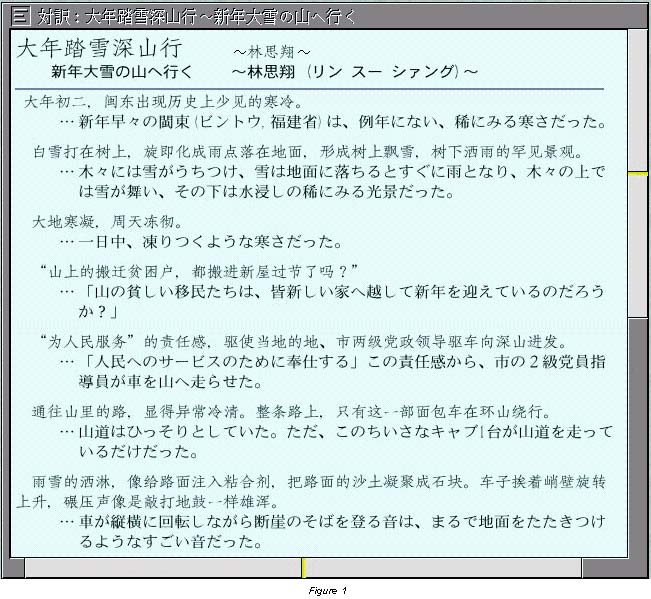
In Fig. 2., the user is selecting the FangSongTi font for the Chinese text, which is in the upper half of the window. The bottom half of the window is occupied by a sentence in the Korean alphabet, hangul, which is written with a Korean font.
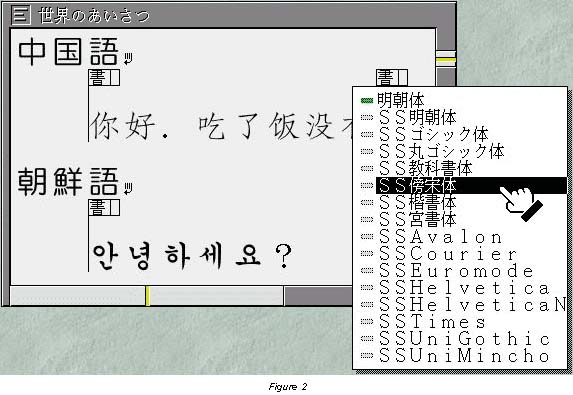
One of the most important features of B-right/V R2 from the westerner's viewpoint is its ability to process proportional fonts, which is shown below in Fig. 3. On the left, French language text has been input in the window; on the right, the user has selected "Proportional Pitch" for the text, which is on a submenu that can be accessed by selecting the "Character Embellishment" item in the main pop-up menu of the Basic Text Editor.
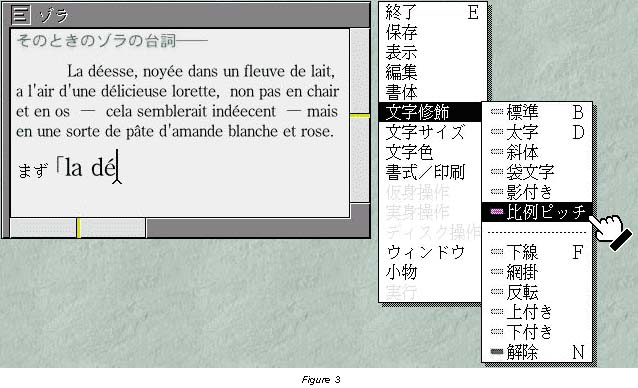
Since B-right/V R2 comes equipped with outline fonts, there is a misunderstanding among some Japanese font makers that they will driven out of business. However, B-right/V R2 comes with only a basic set of outline fonts, and, as can be seen in Fig. 4, it is equipped with a utility for loading commercial TrueType fonts into the system.
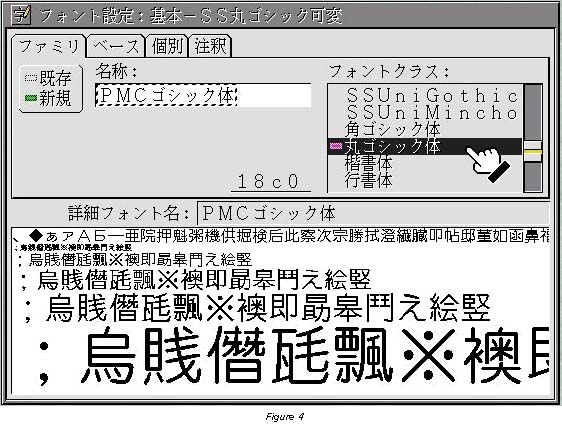
The first version of B-right/V shipped without an e-mailer, which made it difficult for users to communicate across the Internet. However, B-right/V R2 comes equipped with a basic e-mailer based on the real object/virtual object filing model (Fig. 5), so users no longer have to switch to another operating system to download their e-mail.
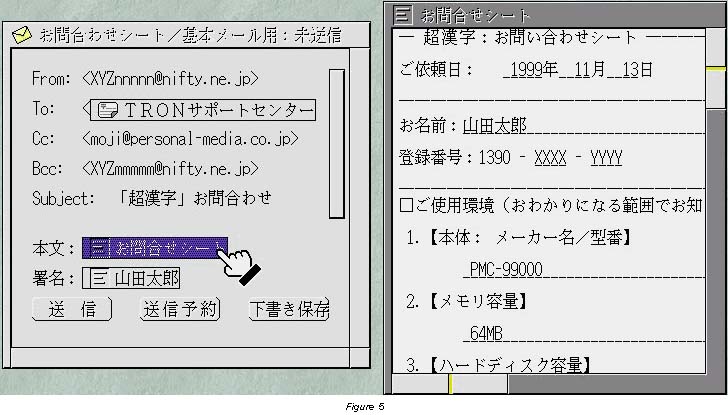
An extremely important function for Japanese users is the kana-to-kanji input system that converts strings written in the hiragana syllabary into strings of hiragana and katakana plus kanji (Chinese characters). This conversion process can now be customized in accordance with a user's preferences using the panel shown in Fig. 6.
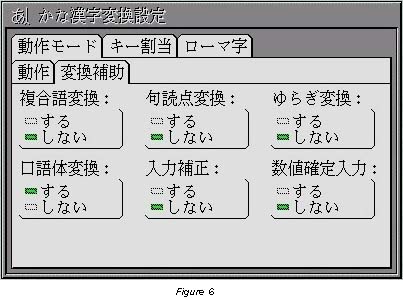
Another networking feature that the first version of B-right/V lacked was Point-to-Point Protocol (PPP) function for connecting to Internet service providers via a modem. That function has now been provided in B-right/V R2 (Fig. 7), so users can now connect to the Internet via an in-house LAN, a cable modem line, or telephone connection.
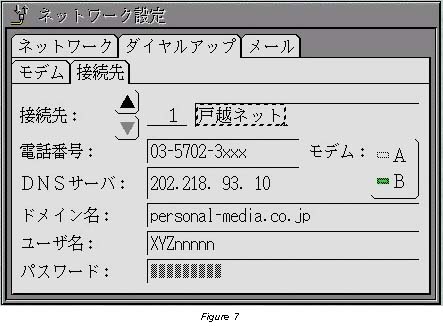
B-right/V R2 is available for direct purchase from Personal Media Corporation at a price of 15,000 yen (consumption tax not included). It can also be purchased at personal computer shops throughout Japan at a street price of 9,800 yen (consumption tax not included). For those who are unable to use a Japanese-based operating system and applications, an English-language version will be put on the market soon by Global OS Corporation. The price of this package has yet to be announced, although it was recently displayed at CES 2000 in Las Vegas, Nevada.
B-right/V is a trademark of Personal Media Corporation.